Enter your address to receive notifications about new posts to your email.
Science & Publishing
-
Science & Publishing
Fast-growing bacteria doom their colonies’ attempts at resistance
Lurking in colonies of pathogenic bacteria are drug-resistant mutants. If the colony is exposed to antibiotics, these resistant mutants may survive, but they still face the challenge of recolonizing the host. Their success in this task depends on their diversity; a diverse population is more likely to harbor mutants that can withstand a second threat,…
-
Science & Publishing
#TAGC16 Shorts: ancient roots of arthritis
#TAGC16 Shorts are brief summaries of presentations at The Allied Genetics Conference, a combined meeting of seven genetics research communities held July 13-17, 2016 in Orlando, Florida. Elbows, knuckles, and the other synovial joints in your body are mobile marvels of evolution. These joints allow a huge range of possible movements thanks to the presence of…
-
Science & Publishing
Meet the editors at TAGC
Got a hot manuscript or a burning question for a GENETICS or G3 editor? Just want to talk about scholarly publishing in general? Here’s how you can track down an editor at The Allied Genetics Conference this week: Watch out for ribbons GENETICS and G3 Editors will be wearing silver “Editor” ribbons on their name…
-
Science & Publishing
Genetic test helps ponies leave the past behind
For the past several decades, Shetland ponies’ collective past had caught up with them. A portion of the population of these miniature horses is affected by atavism, a phenomenon in which ancient characteristics are accidentally revived by mutations. Traits reincarnated in this way sometimes interact disastrously with the genetic background of the modern organism. For…
-
Science & Publishing
Primers: Make friends with a new model organism
We hope everyone at The Allied Genetics Conference this week will take the opportunity to attend some presentations outside their “home” genetics community. But we realize that sometimes listening to talks in a new field can feel like visiting a foreign country, with its own language, unfamiliar customs, and insider jokes. If only you had…
-
Science & Publishing
New in G3: Drosophila doublesex, Shetland pony SHOX, and SNP-SNP interactions
Check out the July issue of G3! ForestPMPlot: A Flexible Tool for Visualizing Heterogeneity Between Studies in Meta-analysis Eun Yong Kang, Yurang Park, Xiao Li, Ayellet V. Segrè, Buhm Han, and Eleazar Eskin G3 July 2016 6:1793-1798; Early Online May 18, 2016 doi:10.1534/g3.116.029439 Abstract | Full Text | Full Text (PDF) Sex Differences in Drosophila…
-
Science & Publishing
July GENETICS Highlights
Check out the July issue of GENETICS by looking at the highlights or the full table of contents! This Month’s Centennial Articles Alfred Sturtevant and George Beadle untangle inversions, pp. 1001-1003 R. Scott Hawley and Barry Ganetzky R. Scott Hawley and Barry Ganetzky introduce Sturtevant and Beadle’s 1936 Classic that explained why inversion heterozygosity in the Drosophila X…
-
Science & Publishing
Two-faced protein both speeds and slows cell cycle
Although some proteins have a single career, many—like Dis3—lead a double life. In the yeast Schizosaccharomyces pombe, loss-of-function mutations in dis3 cause defects in mitosis, implying that Dis3 normally supports cell cycle progression. But perplexingly, results in humans suggest that Dis3 normally slows cell cycle progression: mutations that partially disable dis3 contribute to the development…
-
Science & Publishing
‘Omics’ data improves breast cancer survival prediction
Precise predictions of whether a tumor is likely to spread would help clinicians and patients choose the best course of treatment. But current methods fall short of the precision needed. New research in this month’s issue of GENETICS reveals that profiling primary tumor samples using genomic technologies can improve the accuracy of breast cancer survival predictions…
-
Science & Publishing
Learning & Doing: GSA Awardee Bill Wood interview in GENETICS
So much is easily accessible on the internet now, there’s no need to pack students’ heads with information; what’s important is that we teach students how to learn on their own. —William B. Wood Bill Wood has been a pioneer in the reform of science teaching. Along with his many scientific accomplishments, Wood’s leadership has been…
-
Science & Publishing
Selfish self-fertilization hampers adaptation
When finding a mate is difficult, self-fertilization offers a tempting solution by increasing the number of offspring an individual can produce. But although “selfing” provides a stopgap solution when mates are scarce, it is frequently an evolutionary dead end; when environmental conditions change, species with high selfing rates seem prone to extinction. In an article…

![This colorized version of PHIL 232 depicts a scanning electron micrograph (SEM) of a number of Pseudomonas aeruginosa bacteria. Photo and caption credit: Janice Haney CarrContent Providers(s): CDC/ Janice Haney Carr [Public domain], via Wikimedia Commons.](https://s36063.pcdn.co/wp-content/uploads/2016/07/rsz_1pseudomonas-300x211.jpg)
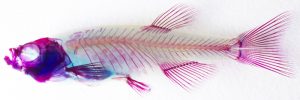

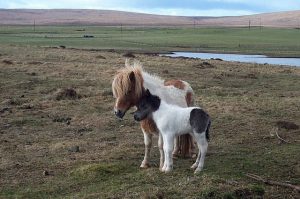
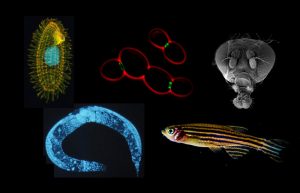
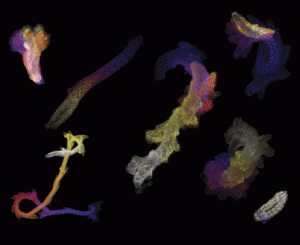
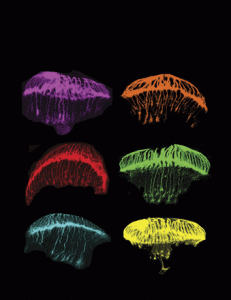
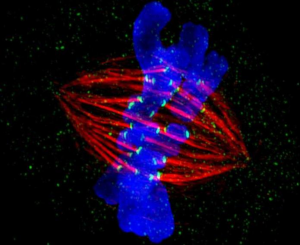
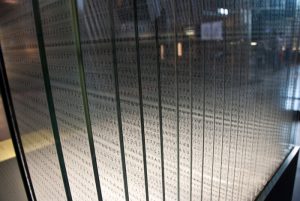
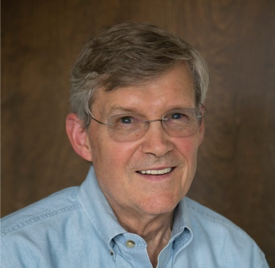
![Helonias bullata, a species threatened with extinction. Its low genetic diversity, a factor contributing to its decline, may have been caused by a high rate of self-fertilization. By Hedwig Storch (Own work) [CC BY-SA 3.0 (http://creativecommons.org/licenses/by-sa/3.0)], via Wikimedia Commons.](https://s36063.pcdn.co/wp-content/uploads/2016/07/1024_Helonias_bullata_Arktisch-alpiner_Garten_Chemnitz-0931-e1467579681557-300x197.jpg)